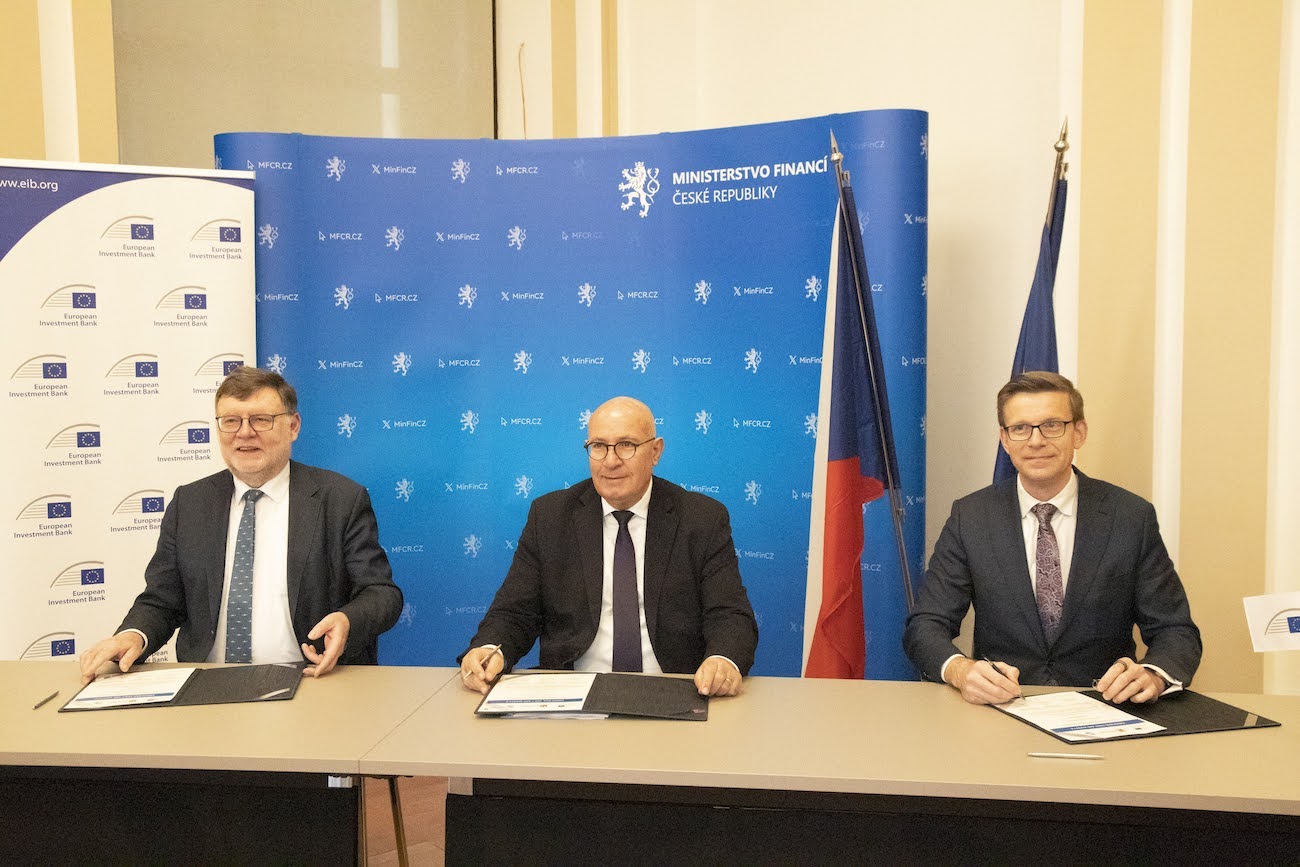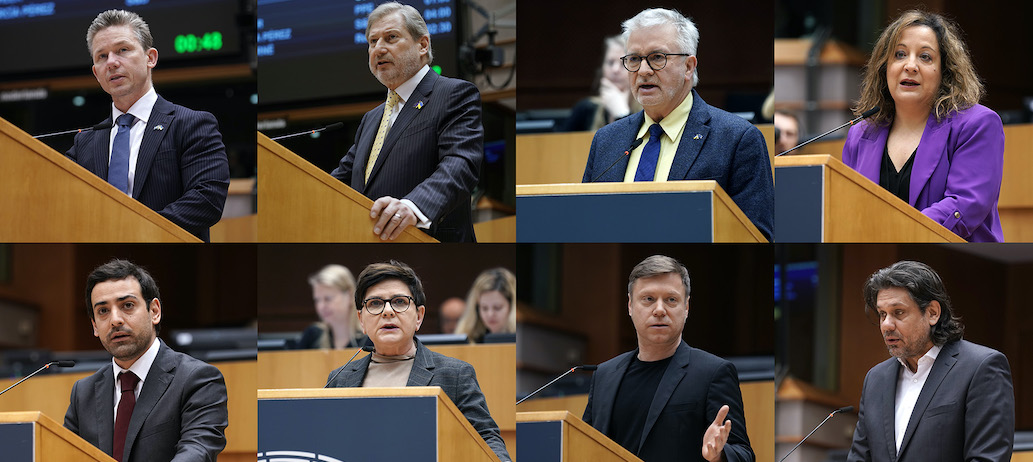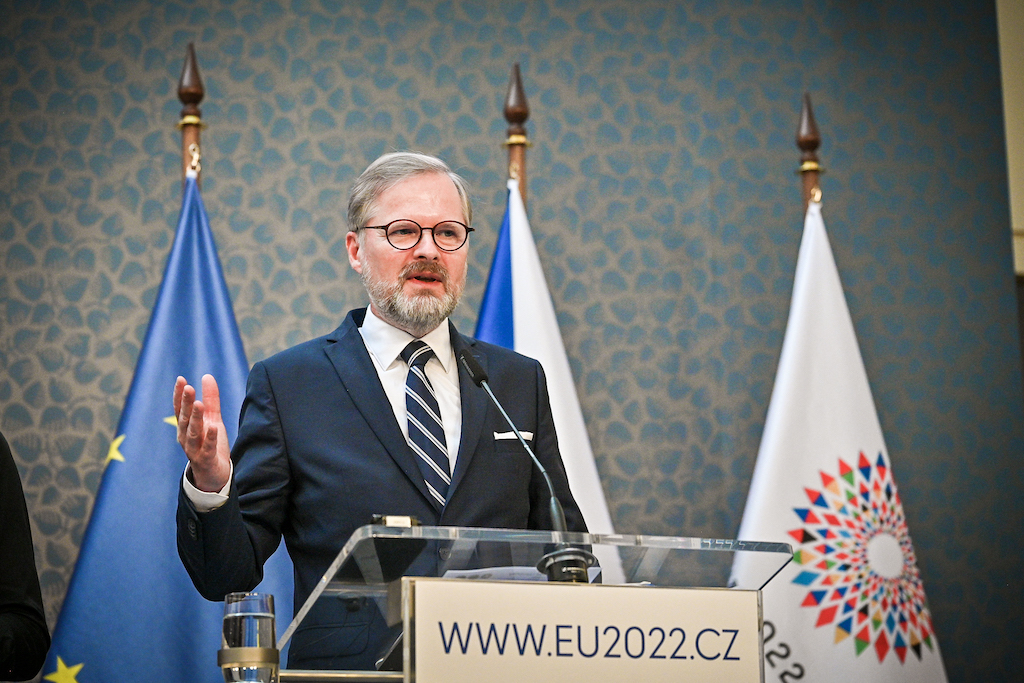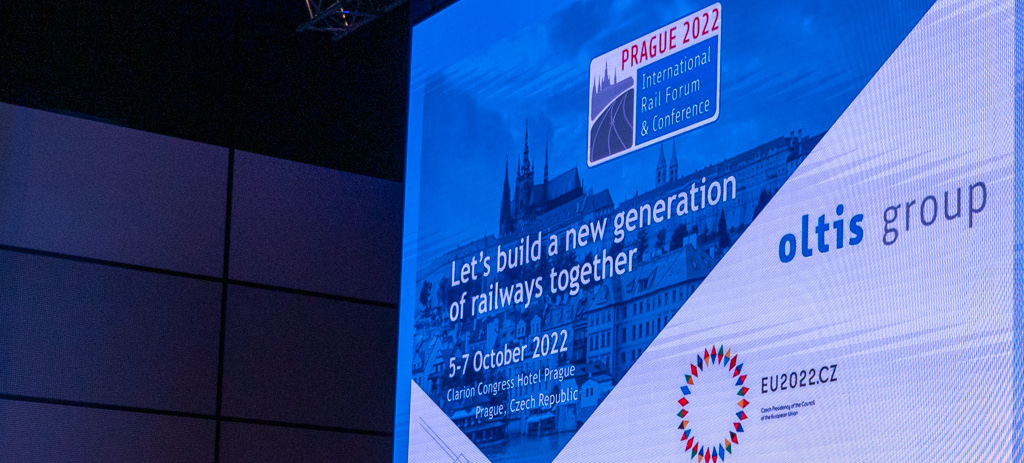
What is the purpose of TEN-T policy?
The EU’s Trans-European Transport Network (TEN-T) policy aims at building an effective, EU-wide and multimodal transport network across the EU. It comprises railways, inland waterways, short sea shipping routes and roads linked to cities, maritime and inland ports, airports and terminals. TEN-T policy does so by identifying the transport infrastructure in Member States that has high added value at the European level and that should be part of the TEN-T network. TEN-T policy also sets requirements that this infrastructure must comply with, including on safety, quality for highly performing transport and alignment with environmental objectives.
The policy is a key instrument for the development of coherent, connected and high-quality transport infrastructure across the EU. It incentivises the sustainable and more efficient transportation of people and goods, ensures access to jobs and services, and enables trade and economic growth. It also strengthens the EU’s economic, social and territorial cohesion by creating seamless transport systems across borders, without missing links and bottlenecks.
Why is the TEN-T Regulation being revised?
Revising the TEN-T Regulation offers a real opportunity to make our Trans-European Transport Network fit for the future, and to align the development of the TEN-T network to the European Green Deal objectives and the climate targets of the EU Climate Law. Cutting greenhouse gas emissions from the transport sector by 90%, compared with 1990 levels, by 2050, is key to achieving climate-neutrality by the same date.
To make such significant emission cuts, we need a modern, fully-fledged European transport network (1) that makes all transport modes more sustainable by setting firm incentives and requirements for transport infrastructure development and by better integrating the different modes in a multimodal transport system, (2) that ensures that new infrastructure projects on the network are climate-proof and consistent with environmental objectives and (3) that delivers the infrastructure basis for alternative fuel deployment.
At the same time, the TEN-T revision will reinforce the governance and monitoring instruments in place to ensure on-time network completion and exploit synergies between infrastructure planning and transport operations. This includes binding work plans to remove further obstacles for quicker and more efficient rail freight and passenger services.
What are the key elements of the revised TEN-T Regulation?
The TEN-T Regulation supports the development of a reliable and seamless trans-European transport network that offers sustainable connectivity throughout the European Union, without physical gaps, bottlenecks or missing links.
This high-quality network shall be gradually completed in three steps: 2030 for the core network, 2040 for the extended core network and 2050 for the comprehensive network. The core and extended core network together form the European Transport Corridors which are the most strategic part of the network with highest EU added value.
The main novelties compared to the 2013 Regulation:
- High infrastructure standards for all modes applied throughout the entire network.
- Nine ‘European Transport Corridors’, representing the main arteries of EU transport, that integrate the former Core Network Corridors with the Rail Freight Corridors.
- Stronger synergies between infrastructure planning and the operation of transport services. Examples include higher speeds for train services across the TEN-T network (160 kilometers per hour for passenger services and 100 kilometers per hour for freight), maximum waiting times at borders of 15 minutes for rail freight. Another example is guaranteed good navigation status per river basin on the inland waterways on the TEN-T network.
- Requirements for the deployment, across the TEN-T network, of the charging and refueling infrastructure needed for alternative transport fuels in line with the Alternative Fuels Infrastructure Regulation. This would mean sufficient charging capacity for cars, vans and trucks at 60 kilometers distance in each direction by 2025 on the core network and by 2030 for the extended core and comprehensive networks.
- Providing safe and secure parking areas for commercial drivers, equipped with alternative fuels infrastructure.
- Use of innovative technologies like 5G to further advance the digitalisation of transport infrastructure, further increasing efficiency, and improving the safety, security and resilience of the network.
- Increased resilience of the TEN-T network to natural and human-made disasters via climate-proofing requirements and environmental impact assessments for new projects, and to the implications of an accident or breakdown (e.g., by enabling alternative route alignments to the main network).
- The requirement for 424 major cities (“cities”) on the TEN-T network to have sustainable urban mobility plans by 2025, in order to align their mobility developments on the TEN-T network. The SUMPs will contain measures such as the promotion of zero-emission mobility and the greening of the urban fleet.
- More transshipment hubs and multimodal passenger terminals in cities to facilitate multimodality, in particular for the last mile of a passenger or freight journey.
- Connect large airports to rail, where possible high-speed rail.
- Making it possible network-wide for lorries to be transported by trains.
What are the milestones for the completion of the TEN-T network?
The TEN-T network will be completed in three steps:
By 2030 – completion of the core TEN-T network at existing TEN-T standards such as the electrification of the entire rail network and the possibility to run 740 m trains.
By 2040 – completion of the extended core network according to the new standards such as the 160 km/h minimum line speed for passenger rail and the good navigation status for inland waterways. The new standards proposed in the revision, in particular on green transport and enhanced digitalisation, will apply by this date for both the core and extended core network. ERTMS shall also be deployed by 2040 on the entire TEN-T network and national systems being removed. The 2040 milestone has been added to accelerate network completion in view of reaching the EUs climate ambitions by 2050.
By 2050 – completion of the entire Trans-European Transport Network, including the sections within the comprehensive network.
How and on what basis have the TEN-T maps been redesigned?
The design of the TEN-T is based on the objective and transparent planning methodology that was established in 2013. It has now been updated in the framework of TEN-T Regulation revision.
The methodology comprises a number of criteria. In a first step, the comprehensive network is identified. In a second step, parts of the comprehensive network are identified as representing the trans-European transport network’s strategically most important links and hence as part of the core network to be completed by 2030 or the extended core network to be completed by 2040.
Only very limited changes are proposed to the core network. The current core network should remain stable in view of its completion in less than 10 years.
What are the expected economic and climate benefits of the TEN-T completion?
The revision of the TEN-T Regulation will offer significant economic benefits, as outlined by the impact assessment.
Taking all of the new measures into account, we can expect a GDP increase of 2.4% by 2050, relative to the current situation. This translates into a €467 billion increase of GDP in 2050.
The numerous projects that must be implemented to complete the TEN-T will also create new jobs. The higher investment stimulated by the revised TEN-T is expected to increase employment by around 0.5% by 2050 – that is an additional 840 000 jobs by 2050.
The revised TEN-T Regulation is expected to reduce overall CO2 emissions: by 0.3% by 2050 along the comprehensive network, and by 0.4% along the core network by 2050.
The reduction in the external costs caused by CO2 emissions is estimated at around €387 million over the 2021-2050 period, while that of air pollution is estimated at around €420 million. This is achieved mainly via the predicted shift towards sustainable transport modes such as rail and inland waterways. This will complement the greenhouse gas emissions and air pollution reductions resulting from earlier proposals such as the CO2 performance standards for cars and vans, and the roll-out of the necessary charging points and alternative refuelling points as foreseen under the proposed Alternative Fuels Infrastructure Regulation.
New quality standards and safety features will also improve road safety, reducing the number of fatalities and injuries sustained on EU roads. The external costs caused by accidents are expected to fall by around €3 930 million over the 2021-2050 period. For inter-urban road congestion, costs are expected to fall by around €2 891 million during the same period.
What is the link between the TEN-T revision and the revision of the ITS Directive?
The ITS Directive regulates the provision of intelligent transport systems on the TEN-T network. The ITS Directive – and the AFIR Regulation – rely on the TEN-T Regulation for the geographical scope of the deployment of alternative fuel infrastructure and intelligent transport systems. The geographical scope can be found in the maps contained in the TEN-T Regulation.
What is the link between the TEN-T revision and the Action Plan on Rail?
The Commission is today also presenting an Action Plan on Rail to boost long-distance and cross-border passenger rail services. Infrastructure plays an important role in this plan. In particular, the TEN-T revision will ensure sufficient high-speed capacity and connections. It proposes, amongst other measures, a minimum speed of 160 km/h for the core and extended core network, as well as increased efforts to better connect airports by railways.
What is the link between the TEN-T revision and the EU Urban Mobility framework?
Cities are important points of transfer and last-mile connection within or between different transport modes on the TEN-T. It is important to ensure that neither capacity bottlenecks nor insufficient network connectivity within urban nodes can hamper multimodality along the trans-European transport network.
For this reason, the new provisions introduced through the revised TEN-T Regulation require that by 2040, at least one multimodal passenger hub and one multimodal freight terminal allowing for sufficient transshipment capacity within or in the vicinity of the urban node is in place.
In addition, by 2025, the 424 cities identified in the new TEN-T regulation must develop a Sustainable Urban Mobility Plan (SUMP) that includes measures to integrate the different modes of transport, and to promote zero-emission mobility.

















